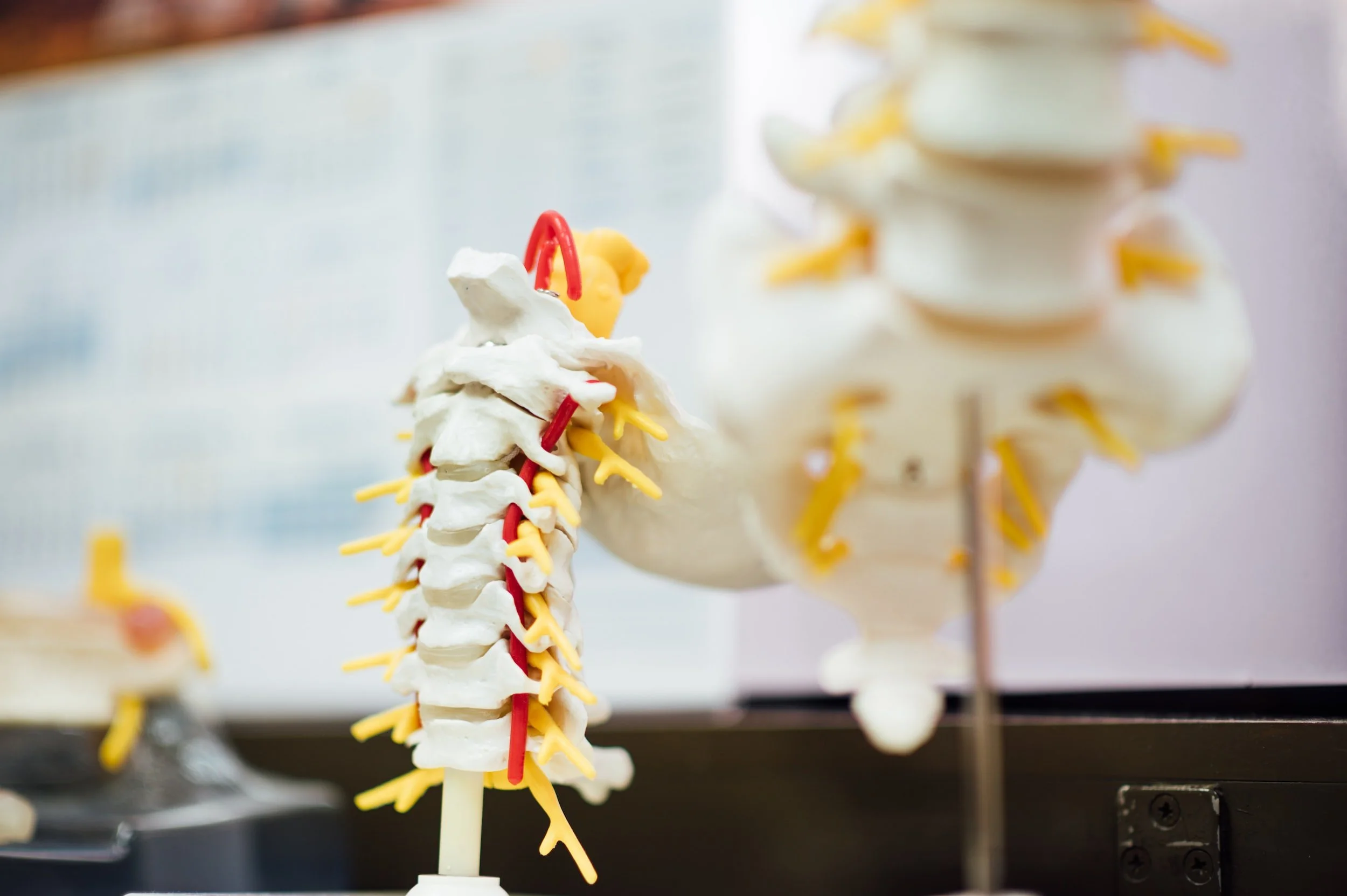The human spine is a complex biomechanical structure providing the framework for the body as well as flexibility for motion. Much like the structural framework of a building, the balance and integrity of the spine is critical for its function. In order to support stability and balance during motion, the spine must have sufficient mechanical strength and stability to act as a foundation which can resist the mechanical stresses caused by the motion. The natural curvature of the spine in the cervical, thoracic, and lumbar regions allows the body to remain in upright posture with relatively little mechanical strain and expenditure of energy. In a normal balanced configuration, this results in the mass of the head being centered over the shoulders which are, in turn, centered over the hips which are centered over the feet. This results in a plumb line from the C7 vertebral body passing through the sacrum in a neutral sagittal balance. This line is called the sagittal vertical axis (SVA) and serves an important role in assessing spinal balance. Assessing and correcting for sagittal imbalance is a key component of surgery for spinal deformity. The biomechanics of spinal balance are complicated, but maintaining a neutral balance of the spine in the sagittal plane is a critical factor in maintaining stability and function. A positive sagittal balance is one in which the SVA falls anterior to the sacrum to a significant degree, generally 4-5 cm. A positive sagittal balance can arise from numerous causes including iatrogenic loss of normal spinal curvature due to surgical intervention.

